I changed the name of the alternate world in my Big Aha book from “Gubland” to “fairyland.” I didn’t want to be fixated on the small green pig-like gubs that I posted about on November 30, 2012 in “Gubs and Raths.” Lots of other critters in fairyland besides gubs. I could also call the place Wonderland, but that’s too specifically the world of Lewis Carroll’s Alice.
In today’s post, I’m coming back to my post of November 28, 2012, “SFictional Higher Realities.” In that post I was wondering where to locate my alternate world of fairyland.
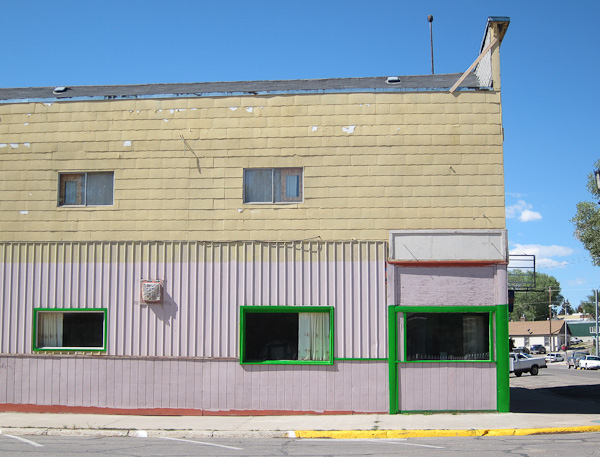
I’ve decided that fairyland is an unseen world that overlaps the mundane. Not a parallel world, closer than parallel. Not two sheets, one sheet. One world. We’re in fairyland all the time—if we notice.
There’s a tiny physical distance between here and there. That is, our 3D hypersheet of space has a miniscule hyperthickness, something on the order of the diameter of an atom. We slide around on the bottom, on the “floor,” and the fairylanders slide about on the underside of the “ceiling.” For this reason we can easily “move through” (that is, “sidle past”) each other, and we’re close to invisible to each other. In studying the drawing below, keep in mind that “ana” and “kata” are traditional words for the analogues of “up” and “down” in the direction of the fourth dimension along which our world’s hyperthickness lies.
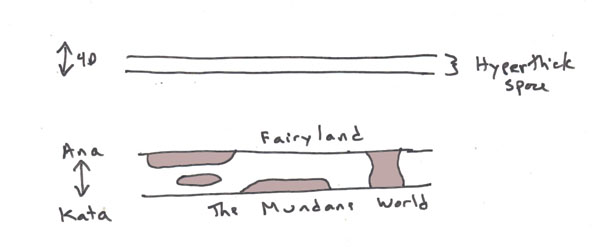
Admittedly the hyperthick model sounds very much like a two-sheets model with parallel worlds. But there’s a slight difference. In the two sheets model, you have a void of empty hyperspace between the two sheets. In the hyperthick model, you have two zones in one shared “room.” Particles can drift across from one zone to the other, and switching zones isn’t so difficult as switching sheets. Think of manta rays raising and lowering themselves within a very low-ceilinged cave.
Since we’re in one room, a certain amount of energy radiates out into the full hyperthickness of our space sheet, so we can faintly see fairyland if we try. And vice-versa.
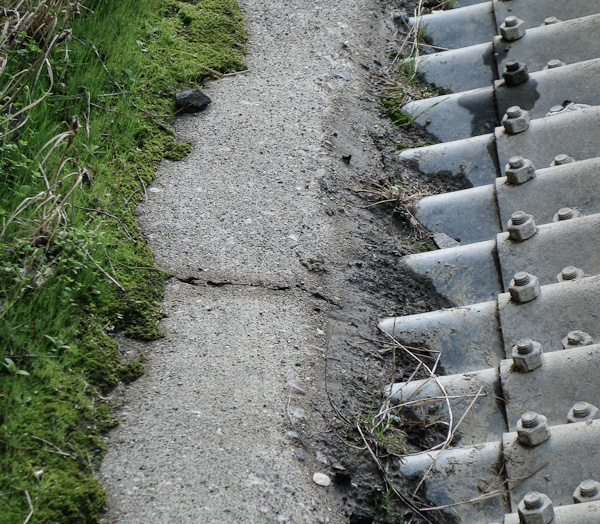
Some entities—like hills and trees—reach through from the mundane to the fairy zones. So we have pretty much the same geography and landscape in the two zones. But things look different. The trees seem soft up there, they writhe and they talk. Our houses look like holograms over there, like shapes of light.
To go to fairyland, you jolt your worldview. You do a mundane/fairy shift. And suddenly everything looks fresh and new. Or incredibly strange. Jamais vu—“I’ve never seen this.” Maybe for a moment you can’t remember the ordinary names of things.
Let’s say fairyland is somewhat like in the old tales. Perhaps people told those stories for a reason; perhaps the tales encode a racial memory of some things that are actually true. Things appear and disappear. Odd doors lead into odd rooms. The darting creatures you see from the corners of your eyes are real.

Not that I want to be stuck having to do standard fairytale things, nor do I necessarily want to present the traditional cast of fairyland in any standard way. But I’d like to give the world a try. I’ve been reading the VanderMeers’ The Weird, a compendium of stories that are something like fairytales. But there’s no fixed setups being used in these tales, and each of them is fairly unique. The Hollywood/Tolkein-land hegemony needn’t be the only fairyland.
Stepping into fairyland, my character Loulou hears the horn of some hunters. They’re all angles and swords, like the face cards in a deck (à la Alice in Wonderland). They’re blowing the horn and crashing through the woods and getting closer. Like a fox-hunt and Loulou the vixen is the fox.
I was at the dentist the other day, and while I was being tormented in the chair, I managed to space out and imagine the room around me to be a fairyland scene. I wasn’t on any meds, not even novocaine—I was just doing a mental reality warp. Those colored tools in my mouth? Fairyland implements.
The mundane segues into fairyland when you study an ambiguous figure such as the duck/rabbit, the vase/faces, the crone/girl, or the reversing Necker cube.
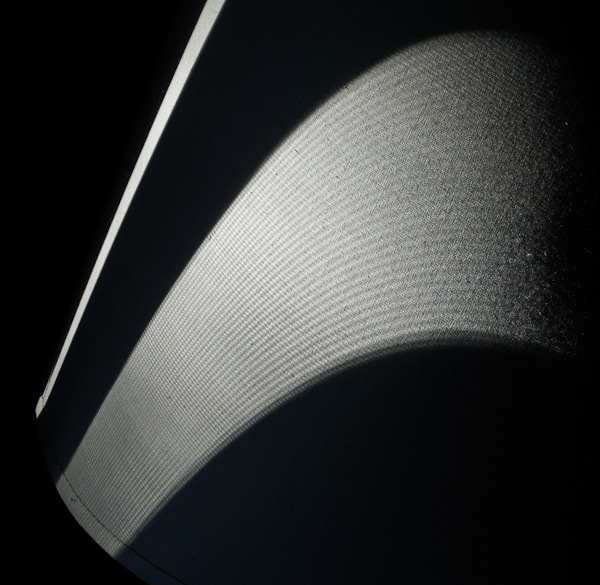
I went for a ride on my bike today. I was hoping to find my way into fairyland, and at times I did. The trick is not to be worrying about my career or my duties or my fears or expectations. Instead I have to fully in the now. Marinating in wonder at the trees, wonder at the street signs with the arrows painted on the streets, wonder at the vehicles and bipeds to be seen.
Trying for jamais vu. ”I don’t know what I’m looking at. There is no I. Only these sights, and this body, pedaling.” As with any meditation practice, I repeatedly fell away from the vision, dropping from fairyland down to the mundane. But then I’d remember and go there again. Losing myself in the clouds.
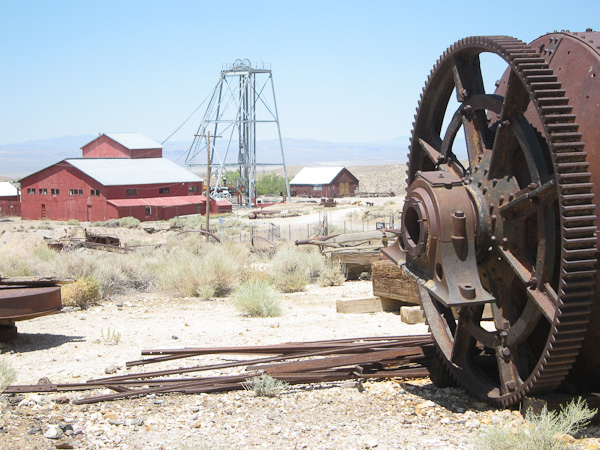
Coming up in “Cosmic Fairyland #2: The Science.” —- A scientific model for my conception of fairyland, explaining how it fits in with my distiction between the cosmic and robotic mental modes.









December 9th, 2012 at 9:37 am
I love this post. I know that it’s crucial to be in every moment, but like you point out, crossing over into that other realm, that mental state, is where I like to be. I prefer it. There are lots of words for it in religion etc., but it’s the state in which I’m most creative, the most liberated and free to think and join dots I don’t normally connect. To visualize how close these two states are (whether in a fictional or ‘real’ sense) is pretty important.
Glad you’re going through The Weird (nice bit of marketing there to get a fairly disparate set of writers a collective venue). And though I didn’t address it critically as I planned to in an essay after your interview, I still think you fit nicely into that paradigm or critical mode or whatever you’d like to call it. VanderMeer would object (has objected) and we actually argued about it. He’d contend that your writing lacks the horrific aspects, but was Cortazar’s “Axolotl” horrific? Not particularly. Strange, yes, but then so are many of your stories. Not to mention that there are rather scary implications to some of the ideas in your body of work. So, as it turns out, I think the rationale for lumping such a diverse group of works and writers together under a single banner, a rather generic one at that, “WEIRD” fails as a serious critical delineation. But it does succeed at getting work noticed and writers supported, and I can think of many stories you’ve written that qualify.
Back to the point of the two sheets versus the “hyperthick” (love that descriptor) contrast, I’ve always intuited parallel realities as intersecting somehow, if not always cohabiting, that the distinctions we create to explain these states or realities are products of pragmatism, so that we can represent higher realities via language. Looking forward to reading the next post!
December 10th, 2012 at 8:04 am
I’m dreading my upcoming dentist appointment less now that I can consider it an opportunity to peek at fairyland…
December 10th, 2012 at 6:15 pm
Thanks for the comments, Kelly and Stet. Good luck at the dentist.
It’s Kelly who got me to read THE WEIRD in the first place. It’s true that my stories aren’t “weird tales” in the standard sense of being somewhat horrific and solemn. I tend to be a bit sunnier, and I like to have some humor. The story “Fjaerland” I wrote with Paul DiFillipo is about as close I’ve gotten to “the weird.” It was in Flurb #12. In any case, it doesn’t espcially matter to me if I fit into some specific classification at any given time. My stories are what they are.
Still working on the fairyland/mundane distinction in my head. Sitting in a theater the other day, I was thinking, this BUILDING is in fairyland too, only there’s different beings sitting in some of the chairs there. Made the place seem kind of…weird.
December 11th, 2012 at 5:01 am
For what it’s worth, I too am glad that your stories are what they are. Otherwise, I wouldn’t jump up out of my chair after I read them. I literally went outside and ran after finishing Postsingular. So your stories are sunnier, as is your general view of the future. I just watched your TEDX talk. Didn’t seem like they understood the humor of John S. screaming out the Cadillac window about brains, did it? 🙂 Very enjoyable talk. Really liked that you narrated your paintings in context of your ideas. One day I’ll be able to get one for my wall.
True enough. Most of the stories in The Weird have that atmosphere of foreboding. Of your work, the story I was thinking of specifically is “The Men in the Back Room at the Country Club.” Perhaps it’s a bit divergent for you. However, when I think of writers and forms of fiction, I tend to connect commonalities over differences. That’s why I loosely think of your writing in that sense. Again, I’m not sure it matters. It’s why I didn’t finish my doctorate in Lit. I can do more without tying up my time being forced to publish manufactured “criticism,” namely, create.
Have a great day, Rudy. Tweeted and FB’d your TED talk.
May 6th, 2013 at 10:51 pm
findin teh fairyland guess dependds on the weather? how might it be